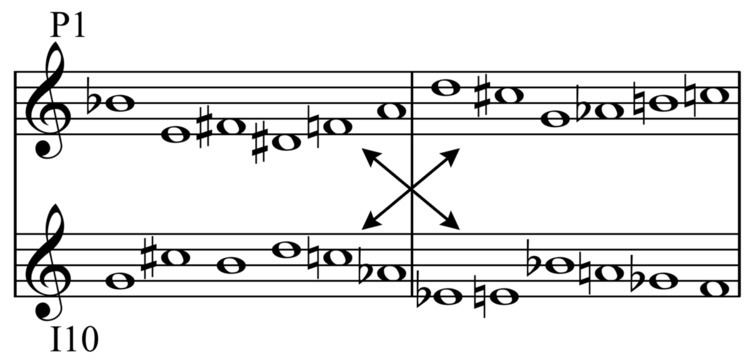Other name Orchestral Variations | Genre Musical modernism | |
 | ||
Native name German: Variationen für Orchester | ||
Variations for Orchestra, Op. 31 (1926–28) is an orchestral set of variations on a theme, composed by Arnold Schoenberg and is his first twelve-tone composition for a large ensemble. Premiered in December 1928 by the Berlin Philharmonic conducted by Wilhelm Furtwängler, it was greeted by a tumultuous scandal.
The theme of the piece is stated in measures 34–57. The orchestration includes a flexatone. The piece features the BACH motif (B♭-A-C-B♮).
Schoenberg opened a lecture on the composition with the following tyranny of the majority defense of less common aesthetics: "Far be it from me to question the rights of the majority. But one thing is certain: somewhere there is a limit to the power of the majority; it occurs, in fact, wherever the essential step is one that cannot be taken by all and sundry."
The piece has been arranged for two pianos by Charles Wuorinen and this arrangement was set to a ballet, Schoenberg Variations (1996), by Richard Tanner of the New York City Ballet.
Sections
- Introduction
- Theme
- Variation I: Moderato
- Variation II: Adagio
- Variation III: Mässig
- Variation IV: Walzer-tempo
- Variation V: Bewegt
- Variation VI: Andante
- Variation VII: Langsam
- Variation VIII: Sehr rasch
- Variation IX: L'istesso Tempo
- Finale
